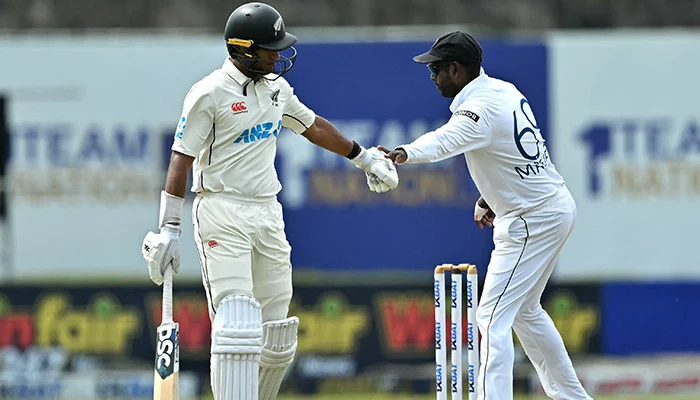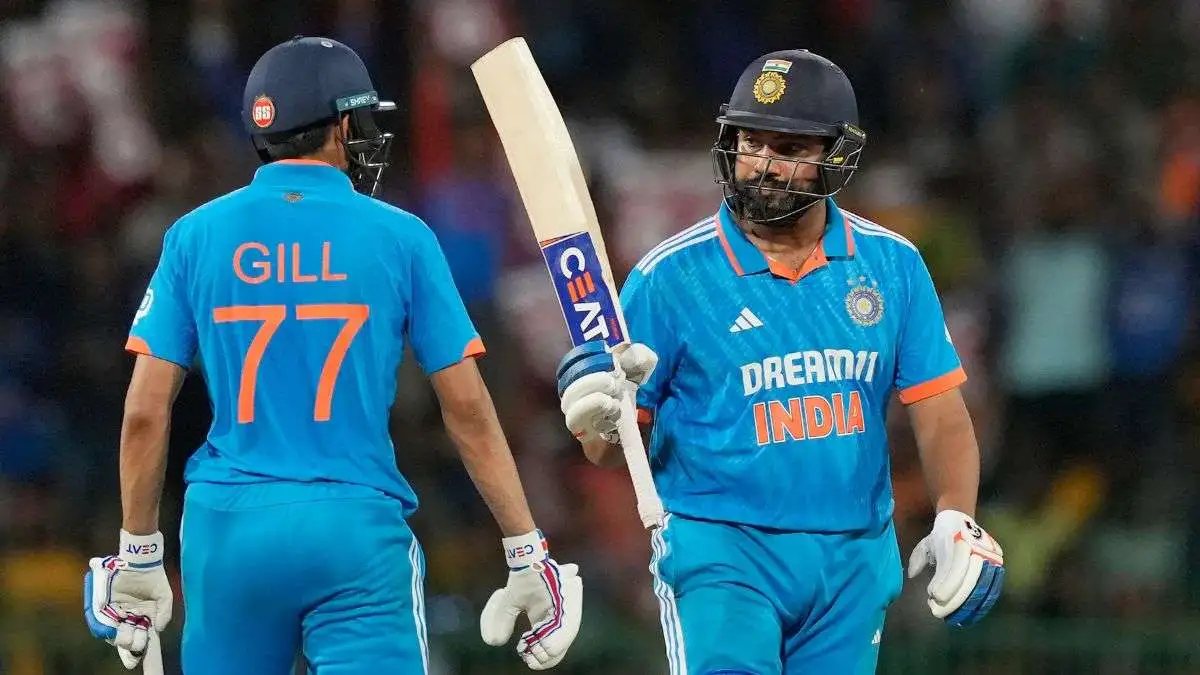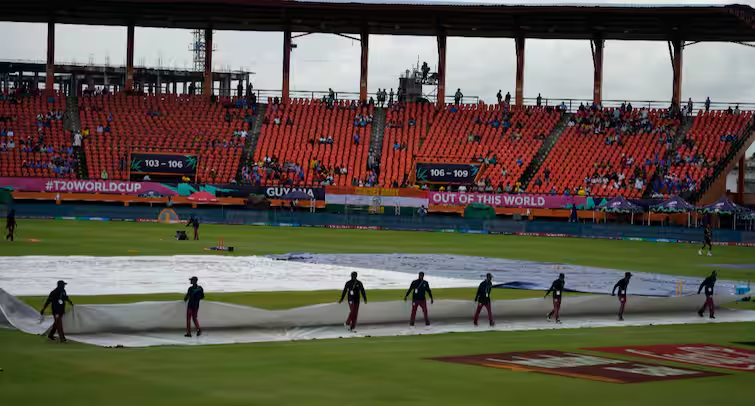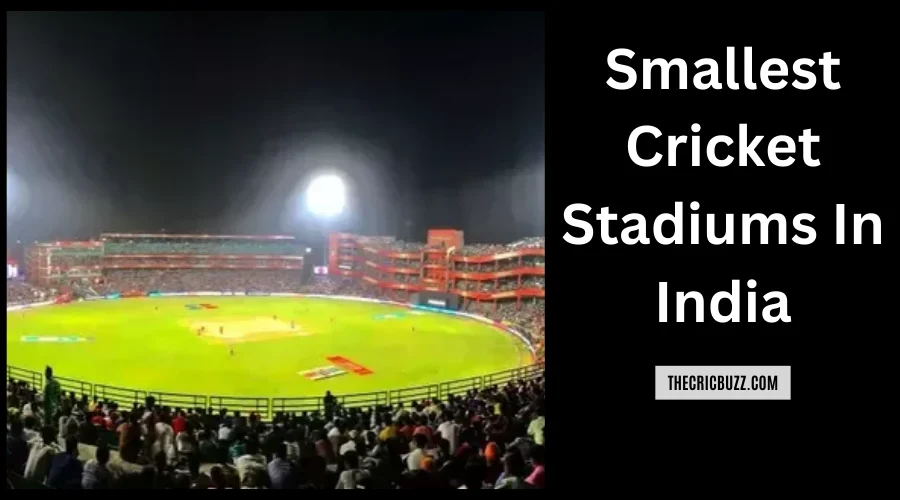
Cricket is more than just a sport in India—it’s a passion! From big stadiums like Wankhede and Eden
2025-04-14
Cricket is more than just a sport in India—it’s a passion! From big stadiums like Wankhede and Eden Gardens to smaller, cozier grounds, each has its own charm. But have you ever wondered which is the smallest cricket stadium in India?
In this guide, we’ll explore the top 12 smallest cricket stadiums in the India by boundary, their unique features, and why they’re special. Whether you're a cricket fan or just curious, this fun and easy-to-read article will give you all the details!
Take a look at the tiniest cricket venues in India. These stadiums may look modest, but each holds its own significance. Let us have a peek below.
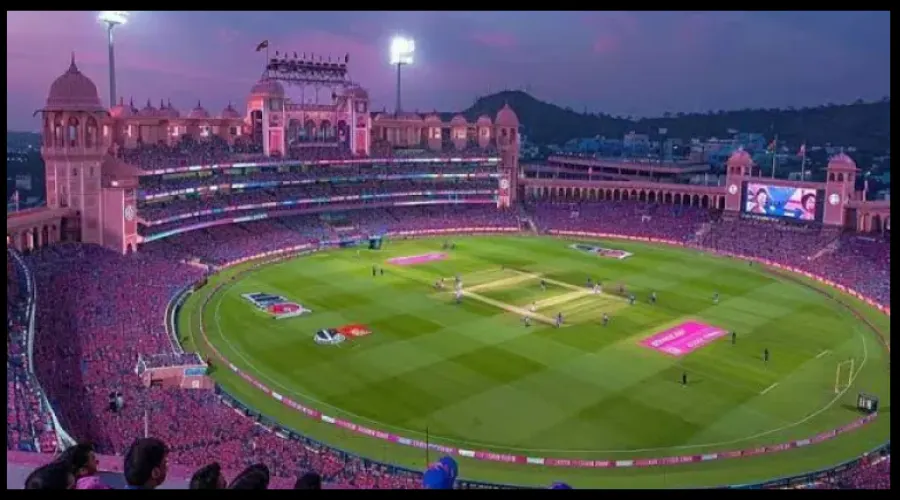
Jaipur's Sawai Mansingh Stadium. It seats 23,185 people on 137 boundary length. The stadium is at VRV3+H8X, Janpath, Lalkothi, Jaipur. It hosted World Cup games and the 2006-07 Champions Trophy.
This stadium in Jaipur held its lone Test in 1987, as part of Pakistan President Gen Zia-ul-Haq's "Cricket for Peace" campaign. It began as a humble venue but rose to popularity under Lalit Modi's leadership, with renovations transforming it into a contemporary hub. The stadium hosted 1987 and 1996 World Cup games and 2006-07 Champions Trophy matches.
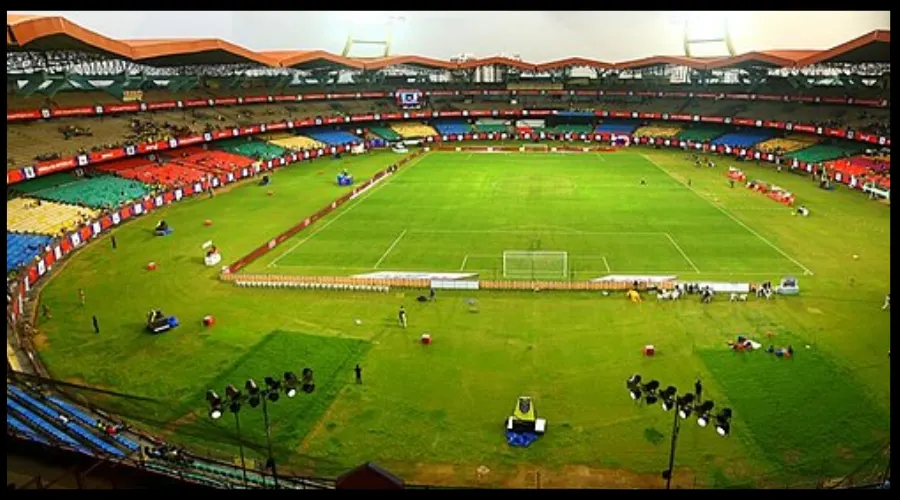
Nehru Stadium in Kochi, which opened in 1996, has a capacity of 40,000 and a ground length of around 140 meters. This multi-purpose facility has hosted ODI and IPL matches, as well as football tournaments. Its adaptability and vast seating capacity make it a popular place for Indian sports.
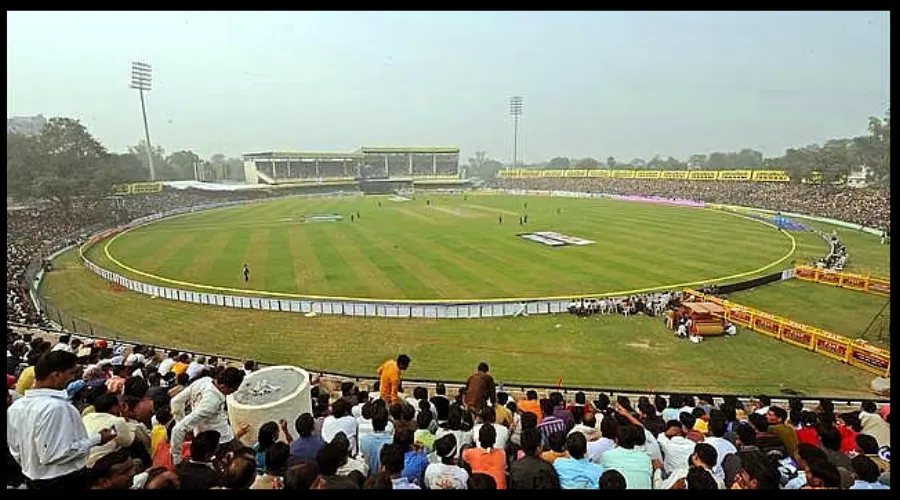
In 1945, Kanpur's Green Park Stadium opened with 18,000 seats and a 150-meter pitch. Madam Green Stadium, named for a British woman, is well-known for holding Test matches. The stadium has hosted numerous memorable cricket matches, including India's maiden Test victory over Australia in 1959. Its lengthy history and the important matches it has held make it a well-known venue in Indian cricket.
The 1996-built Lalabhai Contractor Stadium in Surat seats 7,000 and has a 150-meter ground length. The stadium usually holds domestic cricket matches and is recognized for its tiny location, which gives fans a close-knit feel. It is critical to the development of local cricket talent in Surat, providing a platform for budding players to demonstrate their abilities.
The Dr. Y.S. Rajasekhara Reddy ACA-VDCA Cricket Stadium in Visakhapatnam, was opened in 2003, can seat 27,500 people and has a ground length of around 155 meters. The stadium, known for its exceptional pitch conditions, has held Tests, ODIs, and T20 matches. Its success in hosting a wide range of matches has boosted its reputation in the cricketing community.
Around 18,000 people can fit at Vadodara's 1930s Moti Bagh Stadium. Around 160 meters of ground. The stadium is recognized for its beautiful and historical setting on Laxmi Vilas Palace grounds.
It has been an important site for domestic cricket, holding multiple Ranji Trophy matches. The stadium is home to the Baroda cricket team and helps develop local talent.
The Rajiv Gandhi International Cricket Stadium in Dehradun, was opened in 2016, can hold 25,000 spectators and has a ground length of around 160 meters. This relatively new stadium has swiftly garnered popularity for holding international T20s and domestic matches. It hosted Afghanistan's home matches in India and offers a breathtaking view of the Himalayas.
Barsapara Cricket Stadium in Guwahati, completed in 2012, is one of the newest facilities with 40,000 seats and 160 meters of ground. It has hosted international matches and IPL games, helping to strengthen cricket in Northeast India. The stadium's contemporary amenities and infrastructure improve the spectator experience and contribute considerably to cricket's appeal in the region.
The Holkar Cricket Stadium in Indore, which opened in 2003, has a seating capacity of 26,000 and a ground length of around 165 meters. The stadium is noted for its sophisticated amenities and infrastructure, which make it ideal for ODIs and IPL matches. Holkar Stadium received extensive modifications to match modern standards, which improved its amenities and spectator comfort. It reflects a balance of modernism and utility in Indian cricket stadiums.
The 23,000-seat Himachal Pradesh Cricket Association Stadium in Dharamshala opened in 2003 and is 175 meters long. Its Himalayan mountain views make the stadium one of the most beautiful cricket settings. It uses its unique environment to attract tourists and boost its cricket status by hosting ODIs and IPL matches.
Fastest Ball in Cricket History by Indian Bowler Record-Breaking
India has yet to play in Greater Noida's international venue, although Afghanistan has played ODIs and T20is here. Thus, it is India's smallest international cricket venue.
When planning the stadium, there were high ambitions and ideas for a larger capacity. Initial estimates were 40,000, but the facility debuted in 2013 with 8,000.
In the 2022 Indian Premier League, the Brabourne Stadium in Mumbai was heavily used despite its tiny size. At that time, capacity was 20,000.
One of India's smaller grounds, it has a rich history and is an international arena. The Brabourne inaugurated in 1937 and hosted India-West Indies' maiden test match in 1948. This venue has held all three international cricket versions.
|
Name of Stadium |
Ground Length |
Seating Capacity |
Shortest Boundary |
Pitch Type |
Avg. T20 Score |
|
Sawai Mansingh Stadium |
137 meters |
23,185 |
56 meters |
Batting-friendly |
180–200 |
|
Nehru Stadium |
140 meters |
40,000 |
56 meters |
Flat track |
190–210 |
|
Green Park Stadium |
150 meters |
18,000 |
50 meters |
High-scoring |
200–220 |
|
Lalbhai Contractor Stadium |
150 meters |
7,000 |
57 meters |
Balanced |
170–190 |
|
Moti Bagh Stadium |
160 meters |
18,000 |
58 meters |
Batting-friendly |
175–195 |
|
Rajiv Gandhi International Cricket Stadium |
160 meters |
25,000 |
66 meters |
Hybrid |
160–180 |
|
Barsapara Cricket Stadium |
160 meters |
40,000 |
64 meters |
Swing-assisted |
160–175 |
|
Himachal Pradesh Cricket Association Stadium |
175 meters |
23,000 |
|
|
|
|
Brabourne Stadium |
180 meters |
20,000 |
|
|
|
|
Aspect |
Small Stadiums |
Large Stadiums |
|
Bowling Fairness |
⭐ (Tough for bowlers) |
⭐⭐⭐⭐ (Better contest) |
|
Entertainment |
⭐⭐⭐⭐⭐ (High scores) |
⭐⭐⭐ (More balanced) |
|
Fan Experience |
⭐⭐⭐⭐ (Closer view) |
⭐⭐⭐ (More spacious) |
|
Commercial Value |
⭐⭐ (Limited) |
⭐⭐⭐⭐⭐ (Higher ROI) |
A top-edge may sail over the ropes at Chinnaswamy. Batters back themselves to chase any total.
I must bowl 2 yards shorter in Indore. A complete throw yields a six. Small fields test nerves more than talent.
Chinnaswamy promotes aggressive batting, therefore we select power-hitters like Maxwell. A calculated risk.
Limited-overs cricket would benefit from a smaller stadium. In events like the T20 World Cup, narrower boundaries are fine. A match between two associate nations is OK at a small venue. The smaller arena is fine for those games because they won't draw many people. Using a larger venue like the Melbourne Cricket Ground to host those related countries would squander the playing field and amenities. All these smaller venues deserve to be on our list since they play a part in international cricket.
(Survey of 5,000 cricket fans on Twitter/X)
✅ Yes – 58% (“Bowlers deserve a fair chance”)
❌ No – 42% (“More sixes = more fun!”)
Though large stadiums have their appeal, the smallest cricket stadiums in the India by boundary provide unique thrill. Whether it's the Arun Jaitley Stadium or Holkar Stadium, these venues provide enjoyable games with plenty of runs. Check out TheCricBuzz—your go-to site for all things cricket! More cricket updates, stats, and interesting information there.
Thecricbuzz is a well putative cricket website which allows cricket fans to scrutinize and deplete the match data provided. We give the supporters a voice and help them become closer to their favourite players. As well as, Thecricbuzz is one of the fastest growing website in the cricket community.
© Copyright 2025
All Rights Reserved.
